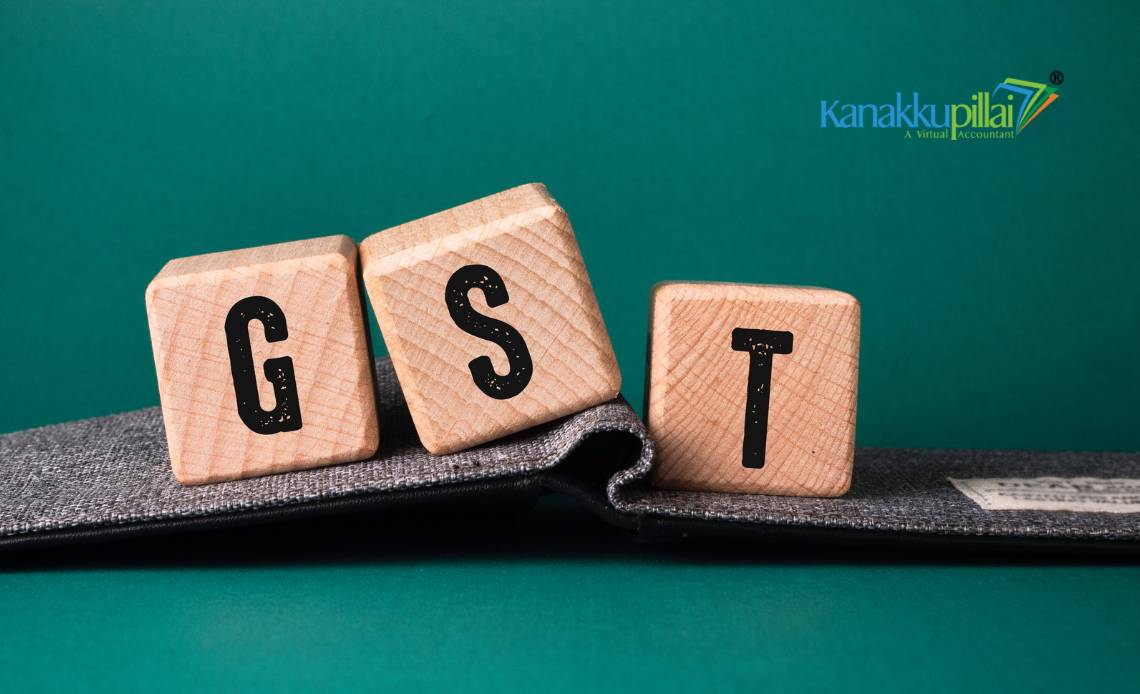Goods and Services Tax (GST) is a comprehensive, multi-stage, destination-based tax levied on every value addition in India. GST has two primary taxation mechanisms, which are (1) the Forward Charge Mechanism (FCM) and (2) the Reverse Charge Mechanism (RCM). While the latter places the tax liability on the recipient of goods or services, the forward charge mechanism follows the conventional taxation principle where the supplier is liable for collecting and remitting the tax to the government and other relevant tasks.
This article will discuss the Forward Charge Mechanism (FCM) in GST, covering its applicability, objective, features, compliance requirements, impact on businesses, and many other uncovered elements.
Understanding the Forward Charge Mechanism
The Forward Charge Mechanism (FCM) is a kind of default taxation system under GST regulation, where the liability to collect and remit GST lies with the supplier of goods and services. This means that the supplier must charge GST at the applicable rate on the invoice and then pay it to the government.
Key Features of Forward Charge Mechanism
- Tax Collection by Supplier: Under FCM, the supplier collects GST from the recipient at the time of supply.
- Invoice-based Taxation: The supplier must issue a tax invoice that clearly mentions the GST charged.
- Input Tax Credit (ITC) Availability: The recipient can avail of Input Tax Credit (ITC) for GST paid under FCM, reducing the cascading effect of taxes.
- Applicable to Most Supplies: Except for cases specifically covered under RCM, all taxable supplies fall under FCM.
- Compliance Responsibility: The supplier must maintain proper records, file GST returns, and ensure timely tax payments.
Applicability of Forward Charge Mechanism
The FCM is always applicable to all registered suppliers of goods and services who are incorporated under the Act, except in cases where the law expressly prescribes that the RCM process will be applicable. The following categories of taxpayers typically operate under the FCM:
- Manufacturers: The production of goods and selling them in the market will also come under the umbrella of FCM.
- Wholesalers and Distributors: Supplying of the goods to retailers or businesses is dealt in the form of wholesaler and distributors will fall under FCM.
- Retailers: Sell goods directly to consumers.
- Service Providers: Including professionals, consultants, IT services, and more.
Example of Forward Charge Mechanism
Suppose a company named ACL Ltd., a manufacturer, supplies machinery to XYN Pvt. Ltd. for Rs. 10,00,000. The applicability of the GST rate is 18%. Under FCM, ACL Ltd. will charge GST on the invoice as follows:
- Taxable Value: Rs. 10,00,000
- GST @ 18%: Rs. 1,80,000
- Total Invoice Value: Rs. 11,80,000
XYZ Pvt. Ltd. pays the amount of Rs. 11,80,000 to ABC Ltd.
Compliance and Procedural of FCM
1. The basic requirements for registration
The businesses that have an annual turnover that exceeds the prescribed threshold must register under GST and comply with FCM rules. The registration of amount limit is provided as:
- The goods: The limit of amount 40 lakh is prescribed and the amount of 10 lakh for special category states and other limit has been prescribed under the regulation.
- The services: The services limit of amount 20 lakh is prescribed and the amount of 10 lakh for special category states and other limit has been prescribed under the regulation
2. Invoicing Requirements
The following documents will be required:
- Name, address, and GSTIN of the supplier.
- Name, address, and GSTIN of the recipient…
- Invoice number and date will be required for the transaction details.
- A description of goods/services will be required for the identification of goods and services.
- The value of supply will be required for the valuation of the goods.
- Applicable GST rate and amount.
- The total invoice value will be required for the total sum of the amount to be paid.
- Form GSTR-9: The Annual return will be filed as per form 9.
- Form GSTR-3B: The Monthly summary return for tax payments will be filed as per 3B form.
- Form GSTR-1: Monthly or quarterly return for outward supplies will be filed as per 1 form.
4. Tax Payment and ITC Availment
The supplier must need to deposit the collected amount of GST to the government by the due date as set by the regulation under GST, otherwise they may face the legal consequences.
In during the process, the recipient can claim Input Tax Credit (ITC) on GST paid under FCM process, as per the conditions are prescribed under the GST regime.
5. Maintenance of Records
- Sales registers
- Purchase records
- Invoice copies of the transactions.
- Tax payment receipts of the transactions.
- ITC claims
Differences Between Forward Charge and Reverse Charge Mechanism
| Feature | Forward Charge Mechanism | Reverse Charge Mechanism |
| Taxpayer | Supplier | Recipient |
| GST Collection | Supplier collects and remits | Recipient pays directly to the government |
| Input Tax Credit | Available to recipient | Available to recipient |
| Applicability | Default method under GST | Only for specified goods/services or transactions and other relevant records. |
Advantages of the Forward Charge Mechanism
- Streamlined Tax Collection: The major burden of tax collection or tax records is upon the supplier of the goods/services, so he needs to be extra careful and ensuring a smooth process, so that he can avoid the unnecessary complication in the process.
- Ease of ITC Utilization: It will get easy to claim ITC, which will help in reducing the overall tax liability.
- Transparency and Compliance: The process of FCM encourages systematic record-keeping and tax compliance which help to avoid the complications.
- Prevention of Tax Evasion: As the GST is charged on invoices, it minimizes tax evasion opportunities and create the free and fair environment and the clean process.
Challenges of the Forward Charge Mechanism
- Increased Compliance Burden: The suppliers of goods and services must need to adhere to strict GST filing and record-keeping requirements, to make the process smooth and hassle-free, otherwise they may face unnecessary legal complications.
- Cash Flow Impact: Suppliers must collect and remit GST in advance, impacting working capital, to avoid the unnecessary tax related complications.
- Complexity in Multi-Tier Transactions: Businesses dealing with different GST rates and ITC claims may face challenges in tax calculations, so they need to be cautious and aware of the entire process of transactions.
Conclusion
The Forward Charge Mechanism (FCM) is the backbone and fundamental aspect of GST, ensuring that tax is collected efficiently at each stage of the supply chain and that the FCM system is free and fair. It tries to simplify the process by placing the responsibility on the supplier while allowing recipients to claim ITC, reducing tax cascading and creating an atmosphere of transparency and accountability in the GST regime. However, compliance requirements and cash flow impacts necessitate proper tax planning, and maintaining the records also helps transactions flow freely.
Businesses must stay updated and in tune with GST regulations and get the proper understanding of the regulations. This helps to maintain accurate records, ensure timely tax payments, and avoid penalties. Understanding FCM helps businesses operate smoothly within the GST framework and leverage its benefits effectively.





